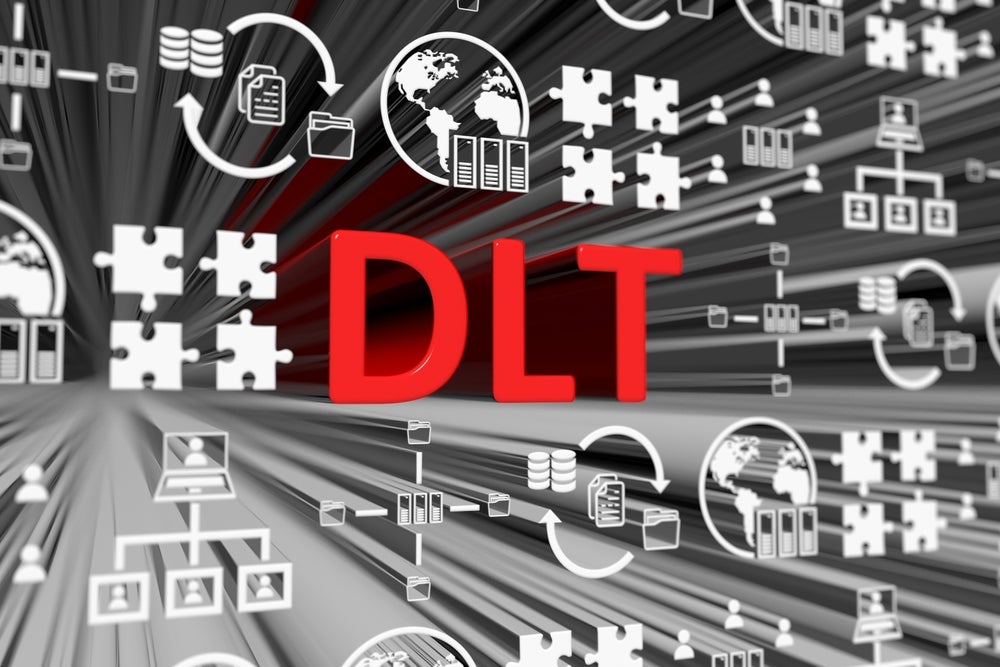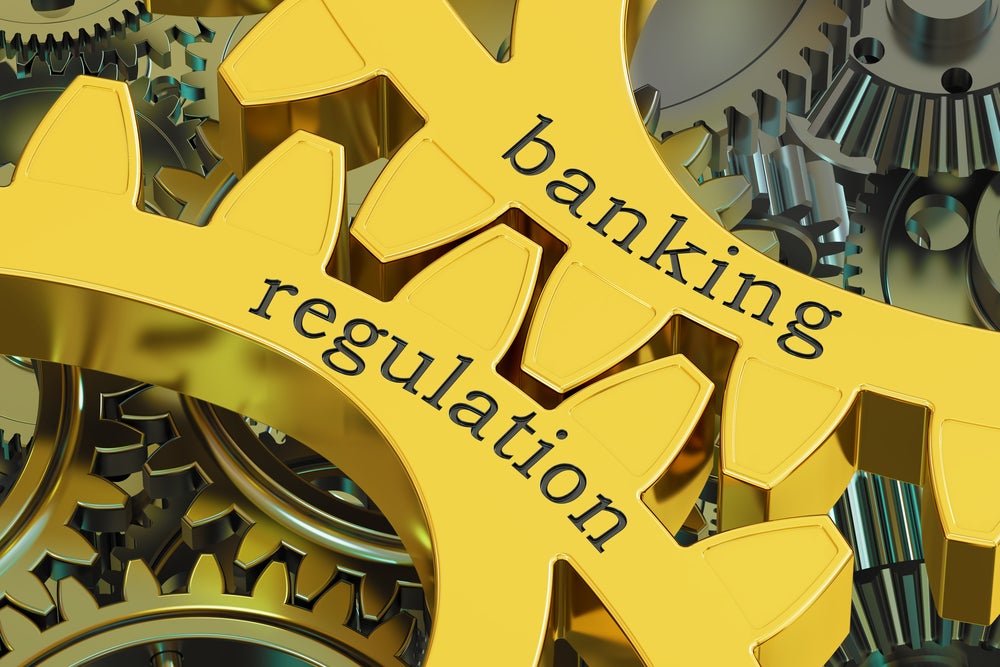
Customer experience has become a buzzword among banking and payments professionals. People want access to client-friendly services that help them navigate the digital world easier and allow for the quick transfer of money.
For that to happen, banks must work on multiple fronts to keep pace with the latest tech trends.
Zur Yahalom is senior vice president and head of Financial Services at Amdocs, a company founded in Israel but currently headquartered in Chesterfield, Missouri, which provides software and services for communications, media and – more recently – financial services.
Mr Yahalom told RBI why the banks’ customer experience benchmark should not be ‘the bank next door’ and by what metrics banks should judge their partnerships with tech providers.
Q: Your company, Amdocs, has developed a banking strategy focused on personalisation, friction-free digital experience and the possibility for banks to hyper-scale cloud adoption. Give us a few more details about how this works with customer experience.
When we talk about customer experience, clients worldwide are looking for the type of experiences they expect from their banks, which is not different from other digital service providers. The benchmark is not the bank next door. It’s the other services like Apple or Amazon or Google, etc.
To get to that level of service, there are a lot of things that need to be done. We can talk about the infrastructure and the technology underneath, but I would focus on what I would say maybe are the key pillars to enable functionality.
How well do you really know your competitors?
Access the most comprehensive Company Profiles on the market, powered by GlobalData. Save hours of research. Gain competitive edge.

Thank you!
Your download email will arrive shortly
Not ready to buy yet? Download a free sample
We are confident about the unique quality of our Company Profiles. However, we want you to make the most beneficial decision for your business, so we offer a free sample that you can download by submitting the below form
By GlobalDataFirst, you need to have a very agile and capable digital interaction layer. So, when customers reach out or you reach out to them, any interaction should be designed digitally-first for the mobile phone, then for websites or for any other type of interaction.
And I’m stating the obvious, but you need to have that digital infrastructure that can really react and work in a very agile way and serve your customers and make it intuitive for them.
Secondly, you need to know who the customer is and what they want. And obviously, we’re not talking just about their regulatory KYC requirements. This industry and banks and financial services providers know quite a lot about their customers. But in many cases, they cannot put much of that [information] into use because the data is not consolidated, processed, or structured correctly.
Therefore, it’s very hard for them to adapt or personalise the service to the customer because they’re not putting all these data bits together to draw insight. And I think this is also things that are fairly clear and intuitive.
Take, for instance, life events – let’s say you turned 21, that maybe means you’re now ready for a certain kind of product offering, or you’re in a certain age group that might be out of college and looking for a job. We can know different things about customers, and we can look at their behaviour and spending patterns and understand where they are and what they do.
In addition, there is even more data that you can get about their hobbies, their family relationships, etc., and connect all of this information so that you can serve them better.
The third pillar is what you put in front of them. And this is where you look at traditional banks, or this industry as a whole, and the type of offers they put in front of customers is very limited. Most customers would get the same offer, regardless of who they are.
You need the ability to take the quality core products that the bank is selling and adapt them in a very personalised way.
And then there is the ability to take all that information and tie that into an offer that is unique for you and not the same one as someone else would get. Connecting all these three pillars will provide a personalised, more effective customer experience.
Q: Considering these three pillars, what would be Amdocs’ unique selling point in the fintech market?
Amdocs has a lot of things to offer that are appealing and unique. I would say the number one item that we’re proud of, and we’re pushing to market now, is a platform we’ve built in-house called the “ Amdocs Product and Pricing Catalog”.
This is a platform that enables the creation of these packages that you put in front of customers. That means taking existing products from the bank or creating new products and then making, tweaking them, making adaptations, changing the prices, adding promotions, etc. – all of this can now be done very simply, intuitively and very fast by financial institutions through the platform.
Furthermore, Amdocs has a comprehensive consulting service for helping customers design their customer journeys. We have a team of psychologists, we do a lot of research, and we work with end-customers – consumers – to understand how they interact with the service and how they expect to see the service, for which we do a lot of interviews. And then, we design the customer journeys and digital channels, so we work with many of our customers to build their websites and mobile apps, from design to implementation.
As far as knowing your customer and managing the data are concerned, we work in the data space with our customers to consolidate process data, run AI, build AI, and then turn it into insights and actionable items.
Beyond all of that, because we are relatively new in the financial services industry, we think of ourselves as disruptors. And the way we look at this is we don’t bring baggage, and we do not have the vocabulary of “how things are done” or “this is how we’ve been doing this for years”.
We always come with a fresh perspective and try to be more open-minded. We say, ‘This is what we think you should do’ and bring examples and experience also from other industries, which, we think, opens up the conversation to try and do things differently than what they’ve been done before.
Q: Based on your previous experience, how would you describe your interaction with AI/generative AI? And how do you use AI in the banking sphere?
I would say generative AI is a great disruption and an amazing technology. I love it and use it on a personal level.
At the corporate – enterprise – level, we are investing and experimenting with it across multiple use cases.
AI has been with us for a long time and continues to be instrumental for consolidating data about customers and then understanding and drawing insights out of this data to understand if they have any significant life-changing events, or if there is anything out of the ordinary or a pattern that comes from their transactions or usage.
Generative AI can upgrade the interaction with customers by making it more natural and intuitive through natural language chat. It can also provide customers with the right answer or offer the right product or solution, using all the information at the banks’ disposal.
We are working to implement generative AI also in operational domains such as production operations and quality engineering.
The technology holds great promise and we are exploring new use cases at a rapid pace.
Q: Some recent examples of successful work include teaming up with Bank Hapoalim and UnionDigital Bank to build digitalised experiences for their customers. My question would be by which metrics do you judge your partnership success?
First and foremost, it would be by the customers’ feedback, right? In most cases, when we talk about these kinds of engagements, we’re talking about long-term engagements. We’re not talking about a one-time transaction, and we build these partnerships with our customers.
As time goes by, things constantly change and evolve. And so the way I would mostly look at it is – is the customer happy with what they got? I would say we’re very happy with what we’re hearing. We had multiple joint-speaking engagements with Bank Hapoalim, where they testified about the benefits of working with Amdocs and their satisfaction with this [partnership].
Q: To what extent is Amdocs’ strategy inspired by its work in the telecoms field?
That’s actually a good question. Every industry looks at itself as very unique. And to an extent, it’s also very true. But there are a lot of commonalities between the different industries, whether it’s telecom and banking.
Therefore, when you look at the telecom providers and banks, they face many of the same challenges; many of them have been around for many years, and they run on technology that they adopted 20, 30, and sometimes 50 years ago. They are heavily regulated. They serve a lot of customers, and they’re all being disrupted by technology by over-the-top players.
If you look at telecom, the streaming wars started with Netflix to the extent that the number of streaming services you can get today completely disrupted many traditional TV providers.
There are a lot of similarities in the banking industry today, with fintechs and over-the-top banking-as-a-service and banking providers coming along and disrupting the traditional business. Banks, as well as telcos, are leveraging infrastructure built a long time ago, which is impacting their cost structure and agility and speed of operations.
And so, there are a lot of similarities. And to a very large extent, the approach and the solutions are also similar.
When you talk about technology, the ability to implement and harness technology into those solutions is very critical. But if you’re a startup and you’re starting from scratch, it’s very easy to say, ‘I’m building everything now with state-of-the-art technology, everything is going to be born in the cloud, and everything is going to look fantastic’.
If you’re a heavily regulated, large organisation with a lot of customers and a lot of responsibility to those customers, making technology leaps is not trivial. And so you need to plan very carefully for it, you need to be very conservative about what risks you’re willing to take and how you push this forward and make these changes. But most importantly, you must do it responsibly.







